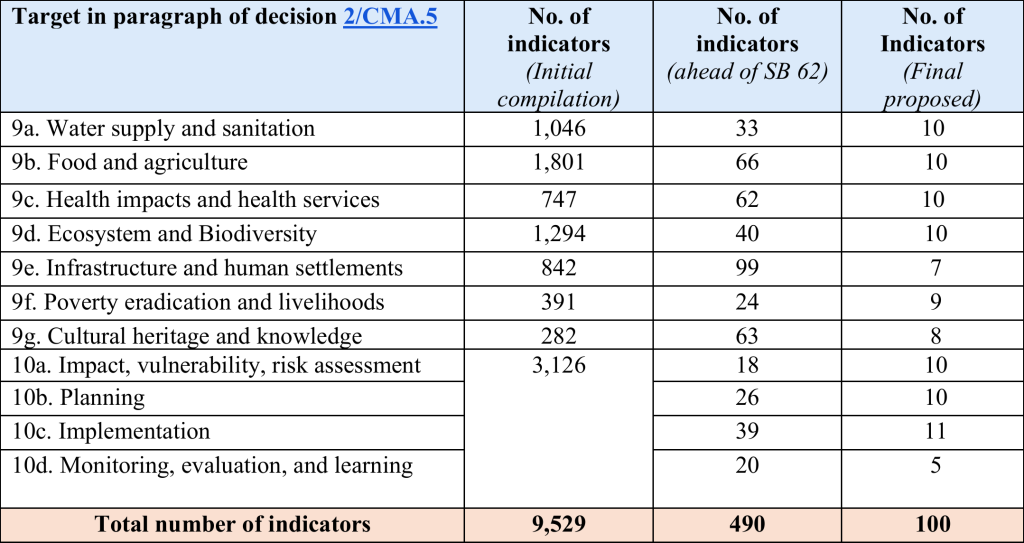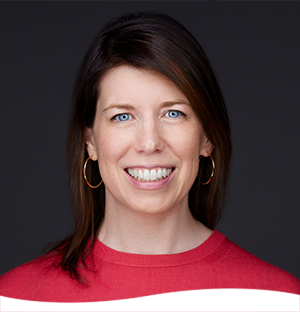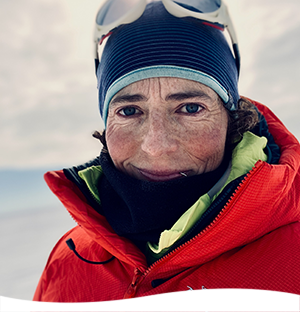Ten years ago, when the Paris Agreement was established, so too were the Global Goals on Adaptation to enhance adaptive capacity, strengthen resilience, and reduce vulnerability to climate change. To help advance the goals, Parties (countries) to the Paris Agreement adopted the UAE Framework for Global Climate Resilience to guide progress on adapting to climate change. The Framework set out 11 key targets and launched the UAE-Belém work programme, a two-year effort to develop indicators that measure real-world progress.
After months of collaboration, 78 experts from around the world, including our President and CEO, Laura S. Lynes, put forth a draft set of 100 globally relevant indicators for Parties to consider. This achievement came after narrowing down an initial pool of more than 9,500 options submitted by governments and organizations.
Taken together, these indicators provide the most comprehensive picture yet of climate adaptation — covering water, food and agriculture, health, ecosystems and biodiversity, infrastructure and human settlements, poverty and livelihoods, cultural heritage and knowledge, as well as the adaptation cycle itself. For ecosystems and biodiversity alone, there are 10 indicators that track climate impacts, land restoration, protected areas, and nature-based solutions, highlighting how healthy ecosystems both reduce risks and sustain livelihoods and culture.
The experts worked across time zones and continents, mostly virtually, with some meeting in person at the United Nations Campus in Bonn, Germany, the UN African Headquarters in Nairobi, Kenya, and during the UNFCC climate negotiations in Baku, Azerbaijan. The adaptation indicators, if passed at the next UNFCCC Conference of the Parties in Brazil (COP30), will help countries and non-state actors, such as academia and NGOs, to track progress on adapting to climate impacts.




